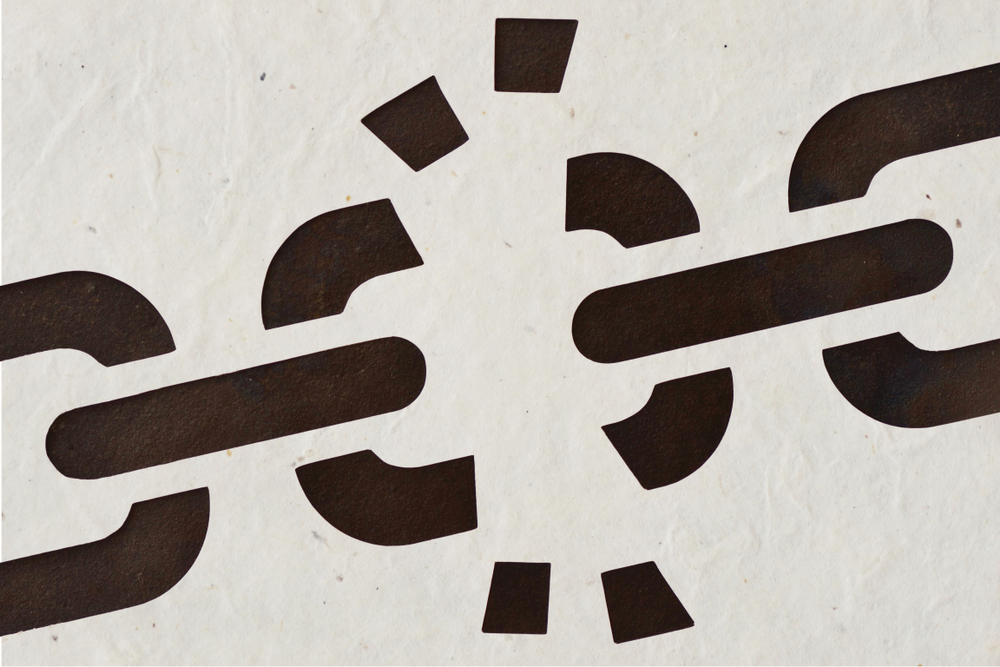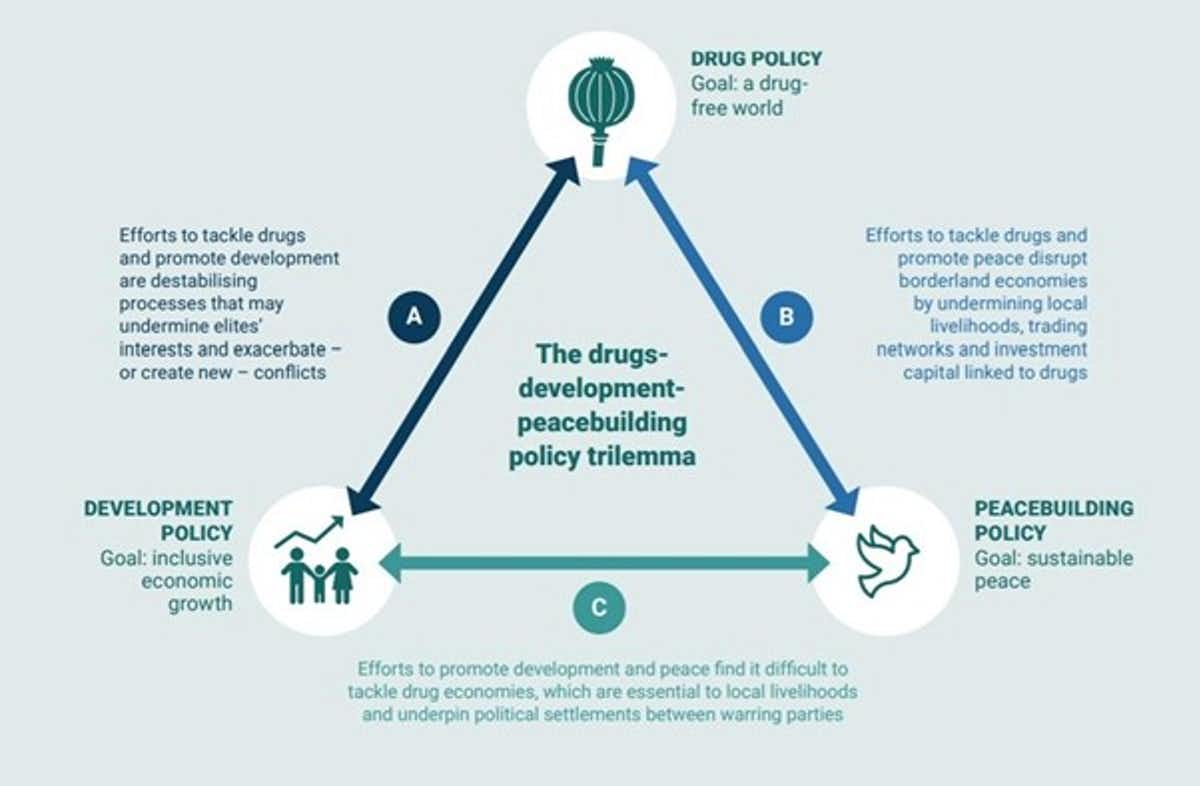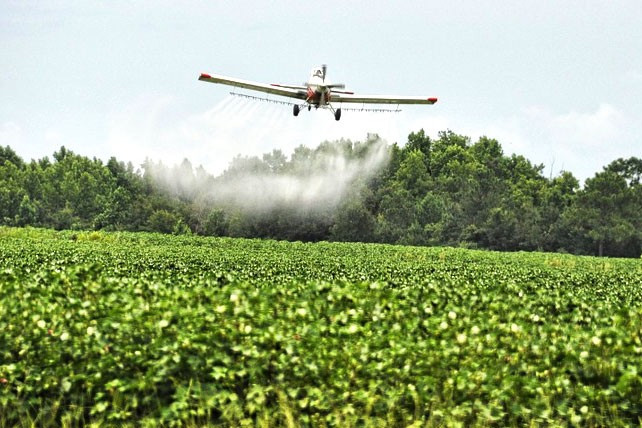Drugs’ legality is shifting before our eyes. New Zealand tried to ban young people from legally purchasing cigarettes, while the UK prohibited the possession of nitrous oxide. Thailand may re-criminalise cannabis after struggling to control its open market, while the Netherlands is piloting the first European recreational cannabis programme. But it can be difficult to identify what motivates such changes to drug laws and how significant these are.
In this article, we offer the “drug apartheid” as a theoretical framework to contextualise how and why drug policies exist and emerge. Why, as a global society, do we have strikingly similar drug policies, where some drugs are traded freely while others are strictly prohibited? Are recent drug policy reforms challenging this model?
What is a drug apartheid?
We define the drug apartheid as a system of inclusion and exclusion that creates an arbitrary hierarchy of substance use, privileging certain drugs, their manufacturers and consumers whilst segregating, criminalising and punishing others. This is a process tied to the emergence and establishment of capitalism with its origins lying in colonialism, empire, slavery, exploitation, as well as the advancement of global consumer capitalism.
The global system of drug prohibition is historically linked to Western trading companies using military force, ethnic cleansing, and indentured labour to open up international drug markets. This process created the distinction between licit drug supply from illicit criminal supply, despite legitimate corporations and governments partaking in the same undertakings as those employed by current day black-market entrepreneurs.
How we have therefore come to define which drugs, manufacturers, suppliers and users are illegitimate and harmful, and which are not, is not grounded in reason or rationality. It is driven by prejudice and profitability. As such, any scientific examination of “drugs” highlights how certain substance’s illegal status is illogical, and how the current promotion of legal substances is misguided.
The drug apartheid we live through today was bolstered by Nixon’s “war on drugs”. From the start, this term was a contradiction: there has never been a war on drugs, only a war on particular drugs, irrationally and incoherently trying to eradicate them.
More accurately, it is a “war between drugs”: a system of drug apartheid that permits the use of certain substances while outlawing others. It is a corrupt system that has more to do with controlling people who use drugs than the risks posed by drugs themselves.
The demonisation of certain drugs not only exacerbates human misery, but also prevents conversations around the social and legal status of drugs. In this sense, the drug apartheid sees drug laws as ideological tools through which dominant moral, political and economic norms are enforced, reinforcing underlying power relations that criminalise and marginalise certain groups in society – primarily poor, black and brown people, whether they use drugs or not.
The consequences of a drug apartheid
The global response to drugs is therefore governed more by who manufactures or uses a substance than the inherent toxicity or risks associated with it. This means that drug policies, which are meant to reduce drug-related harms, end up enhancing them. This happens through two main ways.
Firstly, they legitimise violent and harmful tactics. The war on drugs is, by definition, meant to eradicate a substance through military means. The drug apartheid frames both illegal drug use and their users as dangerous, requiring obliteration or domination. In doing so, it blames minority groups as the reason why drug-related harms exist, justifying the need for violent state apparatus to control those who use, make and sell illegal drugs. Through racism, colonialism, and class-based warfare, these groups bear the brunt of the drug war’s violence, as they have been purposefully targeted as those responsible for drug-related harms.
Secondly, the drug apartheid creates a smokescreen for the most widescale drug related harms, those primarily prompted by legal and socially accepted substances. This process conceals the full spectrum of harms – particularly those associated sugar, medicines, alcohol and tobacco. So, while pharmaceutical companies, the alcohol, tobacco and caffeine industry, as well as food and drink manufacturers who laden their products with sugar cause the greatest proportion of drug related harms (from obesity, tooth decay, loss of sleep, liver disease, to cancer), their trades occur with little to no state violence, operating (for better or worse) mostly through self-regulation.
Importantly, the drug apartheid defines who society sees as people who use “drugs” and what we understand as drug-related harms: this masks the reality that we are all drug users and that the most prominent drug-related harms actually stem from culturally accommodated, embedded and promoted substances. Everyone experiences drug-related costs at some point in their lives, yet a minority of these relate to illegal drugs, whose harms are exacerbated by their criminalisation.
Moving beyond the drug apartheid
While some countries have liberalised their drug policies, the drug apartheid is still the norm.
Legal drug markets continually reinvent themselves: while tobacco laws may tighten, new markets appear. We’ve seen this with vaping, where relatively unregulated products often target young people. While strengthening tobacco laws reinforces the idea that drug policies are protecting society, they could just displace drug harms elsewhere. The drug apartheid modernises, refines itself, and is maintained.
The “relaxation” of cannabis laws – either through decriminalisation or regulation – should also be analysed through the drug apartheid framework. Several jurisdictions around the world have either decriminalised cannabis possession or integrated it with other legally privileged drugs as a newly commodified product.
Yet we should question whether this represents a weakening of the drug apartheid, or simply the metamorphosis of prohibition, where the appearance of progressive drug policy change is created, but its underpinning rationale and outcomes remain unchanged.
Cannabis reform has been primarily led by the drug’s profitability rather than patient access, historical injustices or human rights. Little to no reform around social equity or reparation of historical damages have been taken. Cannabis reforms have also happened in a vacuum, with few changes to other substances’ legality; meaning that the drug apartheid continues.
Whilst such reforms may represent the first step in dismantling the flawed prohibitionist model, selectively reforming some drugs without criticising the broken prohibitionist system can generate counter-productive outcomes and non-reformist reforms.
Escaping the ghost of prohibition
Jurisdictions where decriminalisation and legalisation have been introduced remain haunted by the ghosts of prohibition. In Canada, where cannabis is legal and some drugs decriminalised, we continue to see indigenous groups disproportionately incarcerated. Australia’s decriminalisation system may actually be increasing the number of people who use drugs in formal contact with the criminal justice system. Even the Portuguese model of decriminalising the possession of all drugs has struggled to eradicate drug using stigma, where it is still seen as a crime or pathology.
Meanwhile, drug policy reforms are evaluated through rates of drug use, drug-related deaths, dependency, illness, disease, crime and driving offences. The very metrics used to calculate effectiveness are grounded in prohibition and tied to the drug apartheid.
The problems of drug markets cannot be solved without abolishing the drug apartheid and the prohibitionist world that it maintains. Until the arbitrary dichotomy between privileged and prohibited drugs is torn down, the harms associated with legal and illegal drugs will remain unfixable.
Until we reconstruct our understanding of “drugs” on a social, legal and political level, with the beliefs that all drugs are drugs and that we are all drug users, we will allow those with the means of production to profit whilst deflecting the inherent harms of capitalism onto the consumption practices of a small minority. In doing so, we will continue to enhance the harms experienced by everyone in society.


